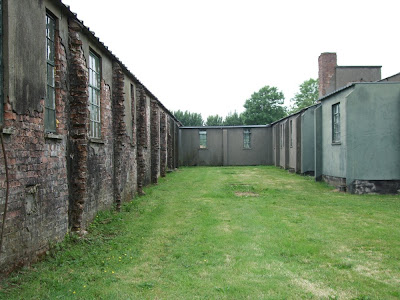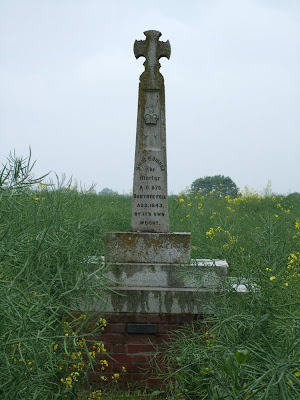While following a link from a comment on
Maffi's blog I came across
these tips for reducing petrol consumption. It's American, but includes one or two I hadn't considered before. I like the one about losing weight: I imagined a large American person desperately trying to slim in order to save a few cents on motoring costs!
Oh, the main article begins thus: "With the most expensive unleaded petrol now at $3.00 a gallon..." Yes, that's three DOLLARS (about £1.50), and per GALLON (remember those?)
Step 1:
Find your cheapest station. The difference between the most expensive and the cheapest price per liter can be as much as 5% or more. Some stations change their prices during the day to try to attract new customers at less popular times (some outlets drop their prices after 9 or 10 pm). Check it out! Some stations have a special one day a week (their slowest day). In many cities, radio stations let you know each day where the cheap prices are. You can find websites that claim to find the lowest prices in your area, but often these aren't updated frequently enough.
Step 2:
Pump up your tires. Under-inflated tires create more rolling resistance and so use more fuel. Go to your local gas station and use their pump - it is normally free. Usually, you can find the recommended tire pressures on a plate on you car door. Stay inside this recommendation.
Step 3:
Lose weight. Every extra 50kg (110 lbs) will increase your petrol consumption by an average of 2 percent, according to some British sources. So keep all your golf clubs - or anything else littering your boot - at home. Take out the winter kit when Spring comes. Get rid of the mega tool kit (when was the last time you needed it?) How much winter mud is married to your underbody...get down there and check.
Step 4:
Streamline. Roof racks and bicycle carriers create extra wind resistance and so increase fuel consumption. If you do not need it, take it off.
Step 5:
Turn off the air conditioning. It increases your petrol consumption by as much as 10 percent - so if it is only mildly warm, put the fans on or wind down your window. That said, if you are traveling over 60mph having the window down increases drag which increases your fuel consumption - so air conditioning would be better.
Step 6:
Stick to the limits. The faster you go, the more fuel you use. Driving at 70mph uses up to 9 percent more fuel than at 60mph and up to 15 percent more than at 50mph, according to transport authorities.
Step 7:
Change your oil. Clean oil reduces the wear caused by friction of moving engine parts, helping to improve fuel consumption. You should change the oil in a gasoline car once a year or every 7500 miles. For a diesel engine, it is recommended you change the oil every 6 months or 3000 miles.
Step 8:
Drive smoothly. Acceleration and deceleration are what use the most fuel - so try to slow down gradually at lights, avoid heavy braking and try not to rev too much. Anticipate. Think ahead. Pretend there is an egg between your foot and the gas pedal. Stop-and-go is a killer. Try to drive when the traffic is lighter. Go to work earlier and come home earlier as an example. Avoid rough surfaces. Gravel or heavy dirt surfaces can increase your fuel consumption by up to 30 percent - not to mention the affect on your paintwork. If there is a route involving smooth paved road, even if it is slightly longer, then take that.
Step 9:
Rather obviously... use your car less. Combine short trips - such as buying the paper, dropping off the recycling, or collecting the kids - rather than making multiple short trips. Walk...it's amazing who you might meet.
Step 10:
Get rid of the family tank. Fuel costs are on the rise and the time has come to really think about why you have a car. It is an appliance. Get the smallest and most fuel-efficient car you can find that works for your family numbers. If you can't control your ego, paint fire strips down the side.



























